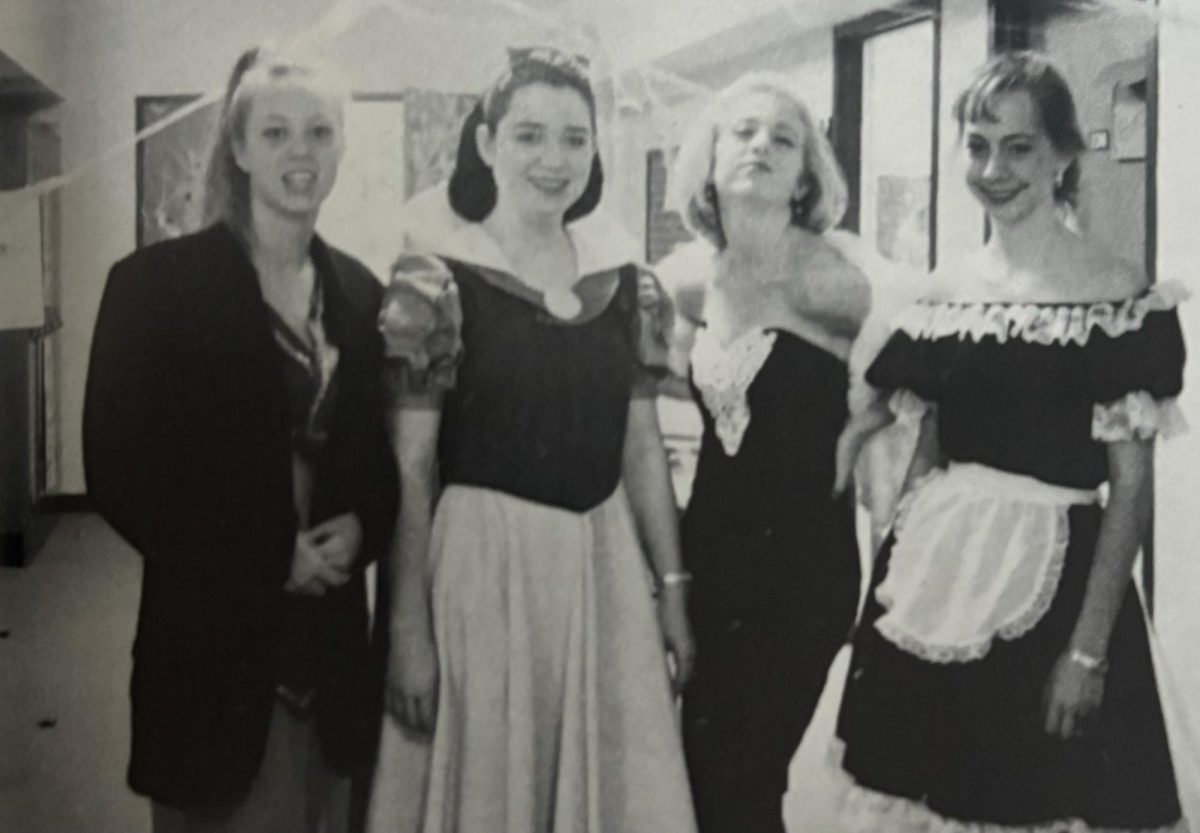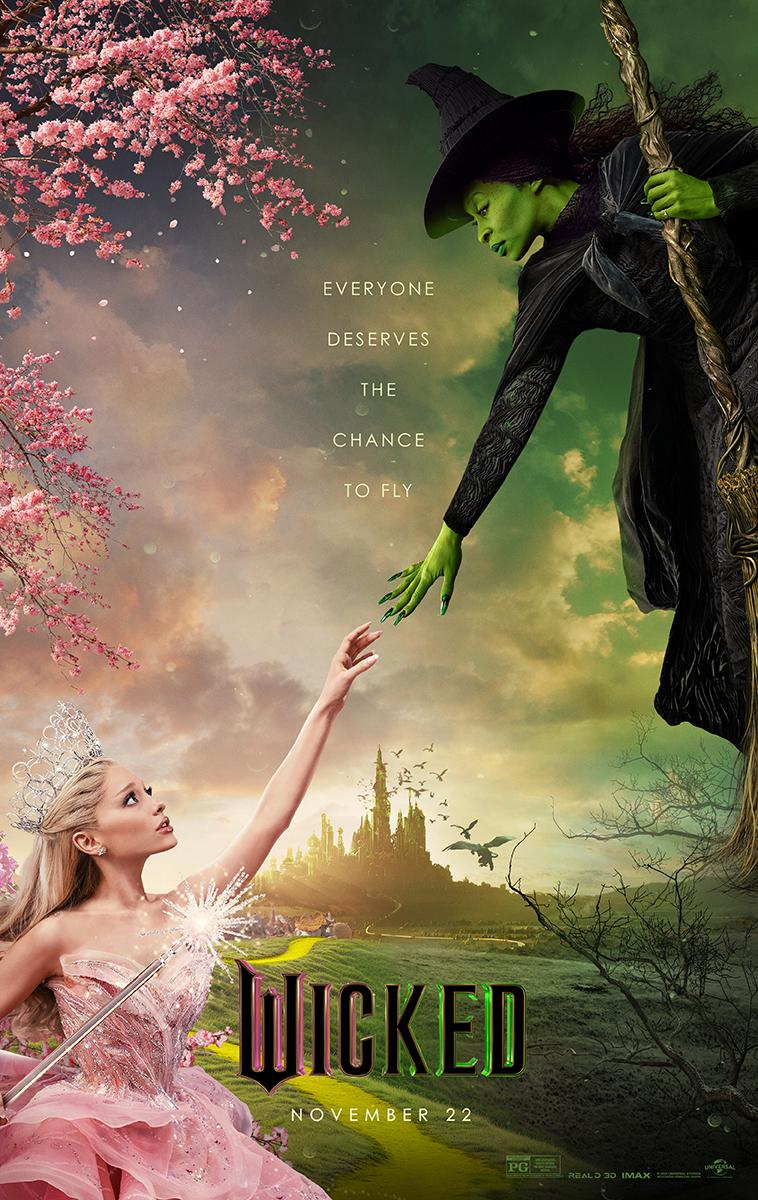Whitewashing has become a well-known concept, as other similar terms such as “twinkie” or “oreo” also exist in modern-day vocabulary. These words all relate to the idea of someone being culturally white: white on the inside but a different color on the outside.
Whitewashed is defined by Urban Dictionary as “a derogatory term used to describe a minority who has assimilated with western society.”
In the modern film industry, whitewashing has become a common presence in many popular movies. Recently, Scarlett Johansson was cast as Major Kusanagi, the Japanese female lead in the 2017 film “Ghost in the Shell.” This casting choice has been receiving backlash for its racial insensitivity due to the fact that Johansson is not at all of Asian descent.
Although the term is often thrown around loosely, whitewashing becomes a very serious issue when it starts offending a wider audience. While Johansson may be a talented actress who could do the character justice, the issue of race is still an important factor to consider.
Some may contend that roles should not be subjected to a certain race. I acknowledge this argument in that there is definitely room for diversification in the media. A prime example of a positive twist on a classic story was the 2014 movie “Annie,” where director Will Gluck took a creative spin on the traditional role of a white girl with spunky red hair by casting Quvenzhane Wallis, a young African-American girl, to play the part. Naturally, the movie received a plethora of mixed responses. While some heralded Gluck for stepping out and making a statement, others criticized him for “ruining a classic.”
In cases like this, diversification of characters is justifiable. Although Annie may have been originally portrayed a certain way, it’s about time that the people of the 21st century wake up and realize that race is not the only characteristic that defines a person.
However, this argument can go both ways. Since the early 1900s, whitewashing has been a prevalent issue in the film industry.
A well-known example was on the set of the 1937 movie “Good Earth.” The film focuses on the struggle of Chinese farmers to survive. The main character, Wang Lung, is married to O-Lan, a lowly servant, who was played by Luise Rainer.
One of the only few Chinese-American actresses at the time, Anna May Wong, had originally been considered for the role of O-Lan. However, the Hays Code
that was put in place at the time forbade the depiction of interracial marriage. Thus, the role was given to Rainer, a German-American actress.
Although the movie focused on the lives of Chinese characters, oddly none of the main roles were played by actors or actresses of Asian descent.
This pattern has continued on with little to no improvement for a century. A few other well-known film adaptations such as “Breakfast at Tiffany’s” in 1961, “The Last Airbender” in 2010, “The Hunger Games” in 2012 and “Aloha” in 2015 also fell into this cycle.
All four of these films misrepresented another culture by either failing to accurately portray the original characters or by presenting them in a negative, offensive manner.
As with any issue regarding diversity, this problem is twofold. While racial diversification can be positive in certain circumstances, there is a fine line between diverse and offensive.
American films have been promoting a culture in the industry that justifies and encourages whitewashing characters for over a century now. It’s about time that reform is brought into the movies that people watch every single day.
If directors can’t even portray other races in an appropriate manner in their films, it’s hard to imagine regular people showing that respect to others on a daily basis.





